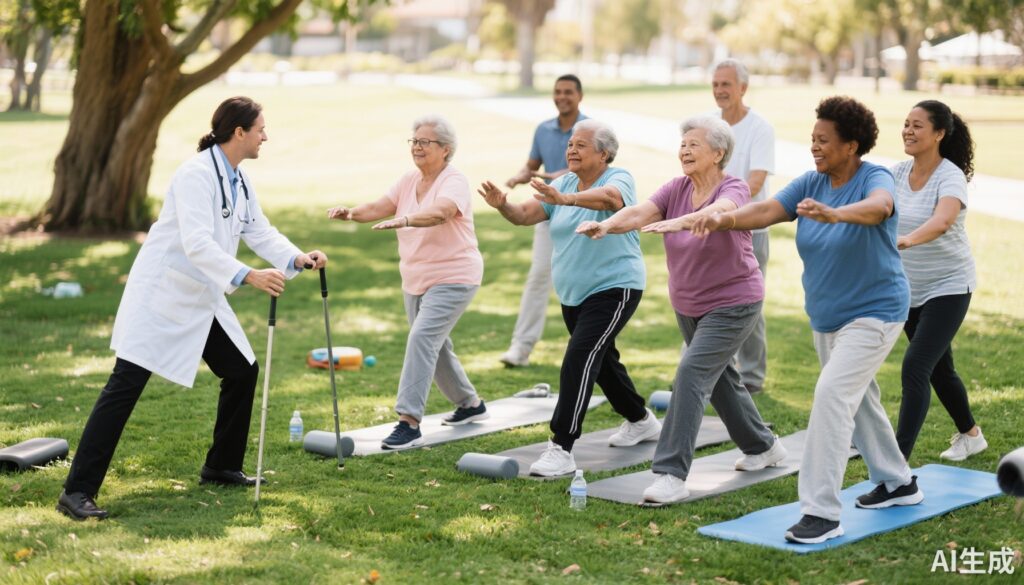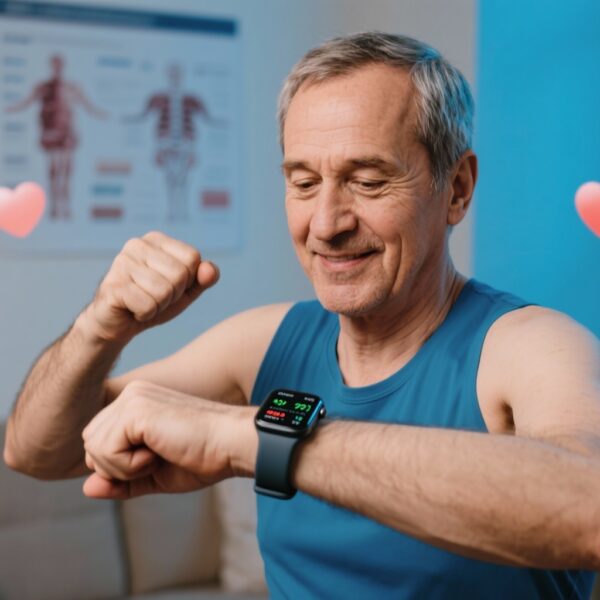Introduction
Stroke remains a leading cause of long-term disability worldwide, necessitating effective rehabilitation strategies to maximize functional recovery and quality of life. While evidence underscores the benefits of early and comprehensive post-stroke rehabilitation, disparities in access and utilization of these services persist, particularly across sociodemographic and geographic lines. Understanding these disparities is critical for health equity and optimizing stroke recovery outcomes.
Study Background and Clinical Context
Community-based rehabilitation (CBR) following stroke encompasses physical therapy, occupational therapy, and other services delivered in outpatient or home settings. Despite clinical guidelines advocating for timely rehabilitation initiation, underserved populations often face barriers, resulting in delayed or inadequate care. The COMPASS (Comprehensive Post-Acute Stroke Services) trial provided a valuable dataset to examine disparities in real-world rehabilitation utilization, focusing on sociodemographic and geographic factors.
Study Design and Methodology
This observational, secondary analysis linked data from 6,754 stroke survivors enrolled in the COMPASS trial to insurance claims, allowing assessment of post-discharge therapy utilization. The primary outcome measured was receipt of physical or occupational therapy within 30 days of hospital discharge. Secondary outcomes included therapy within 90 days, time to first visit, number of visits, care setting, and therapy type.
Exposures examined were sex, race, rural versus metropolitan residence, and socio-economic status indicated by Medicaid insurance. The analysis employed generalized estimating equations (GEE) to account for clustering and control for therapy need variables, ensuring adjusted estimates of disparities.
Key Findings
The study identified multiple disparities in community-based stroke rehabilitation:
– Individuals with Medicaid insurance were 8% less likely to receive therapy within the first 30 days post-discharge compared to those without Medicaid (effect size: -0.08; 95% CI, -0.10 to -0.05). Notably, racial differences were minimal, with White patients showing a slightly smaller effect size (-0.05) for this disparity.
– Geographic disparities were more pronounced: individuals residing in rural areas were 5% less likely to receive therapy within 30 days (effect size: -0.05; 95% CI, -0.08 to -0.02) and 12% less likely to receive comprehensive physical and occupational therapy (effect size: -0.12; 95% CI, -0.22 to -0.03).
– Overall, the data revealed minimal racial disparities when controlling for other factors, highlighting potential equity in race but significant gaps rooted in socioeconomic and geographic barriers.
– Additional findings indicated that disparities persisted across different healthcare settings, affecting timely access and type of therapy received.
Expert Commentary
These findings align with previous research emphasizing systemic barriers faced by socioeconomically disadvantaged and rural populations in accessing post-stroke care. The minimal racial disparities observed may reflect successful targeted policies or regional variations.
The data suggest that socioeconomic and geographic factors continue to influence rehabilitation access, which could be addressed through policy interventions such as expanding tele-rehabilitation services, community outreach programs, and transportation support.
Limitations of the study include its observational nature, potential residual confounding, and reliance on insurance claims data, which may not capture all rehabilitation services. Nonetheless, these insights are vital for clinicians, policymakers, and rehabilitation providers aiming to reduce disparities.
Conclusion and Future Directions
This analysis underscores significant disparities in community-based stroke rehabilitation linked to socioeconomic status and residence. Addressing these gaps requires targeted policies and innovative service delivery models to ensure equitable access, ultimately improving outcomes for all stroke survivors. Future research should explore causal pathways and evaluate interventions designed to mitigate these disparities.
References
Freburger JK, Mormer ER, Johnson AM, Zhang S, Ressel K, Pastva AM, Duncan PW, Bushnell CD, Jones Berkeley SB. Disparities in Community-Based Rehabilitation Following Stroke: Findings From the COMPASS Trial. J Am Heart Assoc. 2025 Oct 21;14(20):e040736. doi: 10.1161/JAHA.124.040736. Epub 2025 Oct 14. PMID: 41085177.



